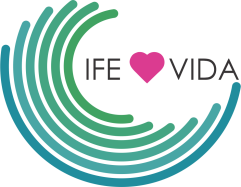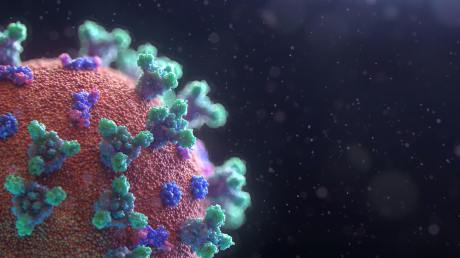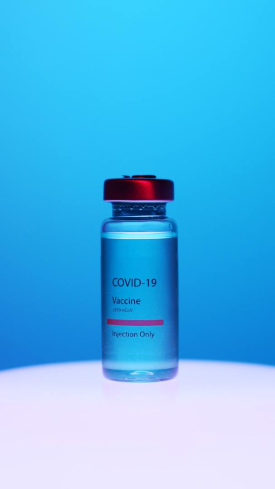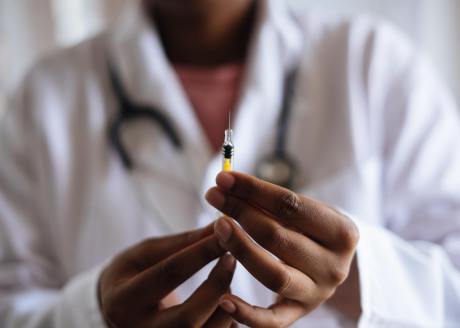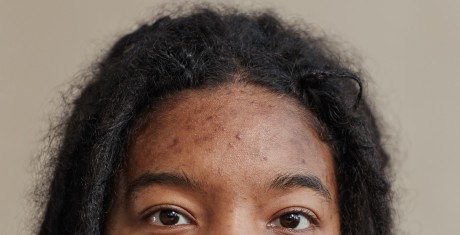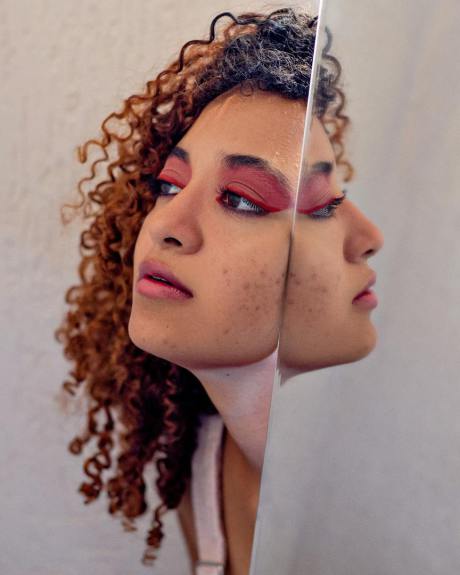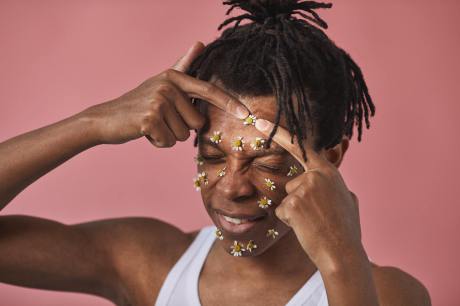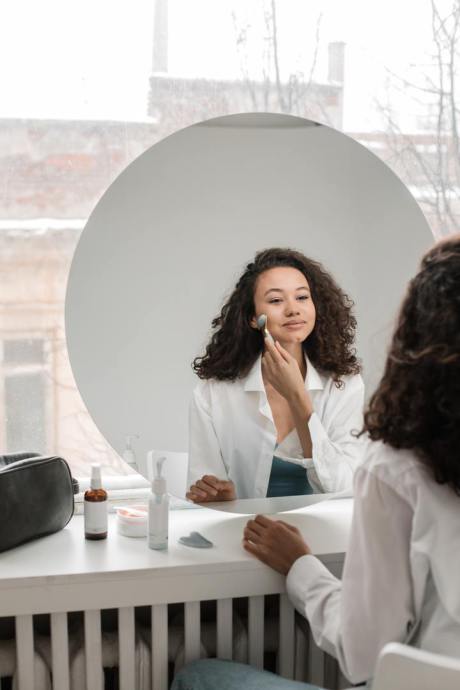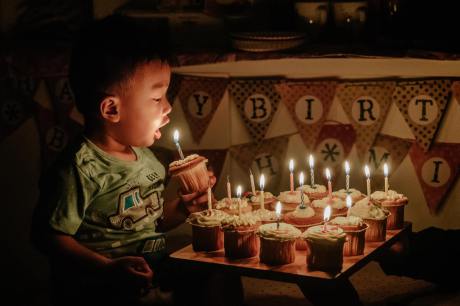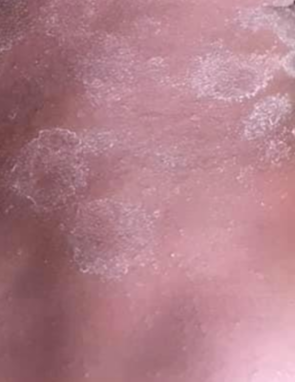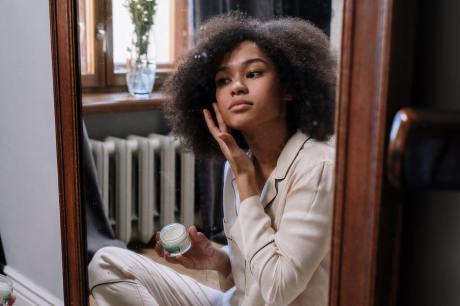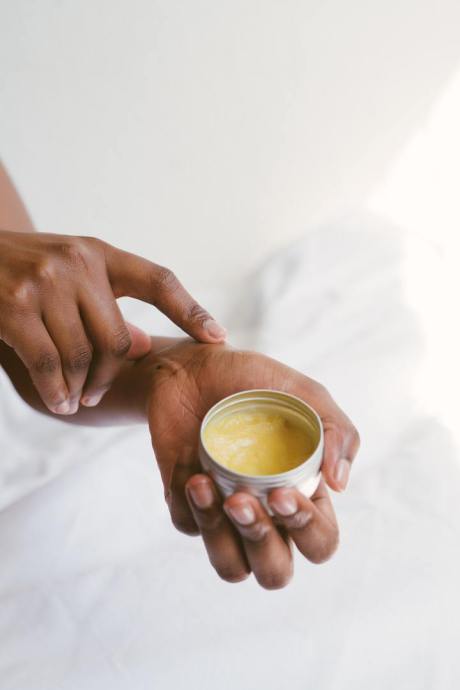Monday with the Medic
What causes Fainting Episodes
Standing upright from a sitting position causes blood to drop under the influence of gravity into veins in the legs, causing less blood in the brain and this causes a faint. In most people the effect of gravity is counteracted by the veins in the legs narrowing and the heart beating faster so that blood pressure is maintained and blood supply to the brain is not compromised. In a few people however this process is not as effective and the blood supply to the brain is reduced resulting in a blackout/faint.
Certain situations can make fainting episodes more likely to occur like standing for long periods of time, during or after a heavy meal, when in pain, in warm weather or with medical/dental procedures.
If someone faints the blood immediately returns to the brain and recovery occurs. So it is important not to sit them up too quickly as the same thing will occur again.
Symptoms like chest pain, headaches, pauses in breathing or a prolonged period of unconsciousness do not occur with faints and so medical attention should be sought.
In people who have faints, keeping hydrated, avoiding triggers and lying down with legs elevated when the symptoms that a faint is about to occur start are important strategies to help prevent fainting.
Coronavirus/Covid-19 virus:
A few Questions answered.
Q - How is the Covid-19 virus actually spread?
A- Initially it was thought it was by droplets (small drops released when we cough/sneeze which usually fall downwards to the ground) but we now know it is spread by small aerosols which are much smaller droplets that hang in the air. This means we need to make sure we wear suitable masks and open windows when indoors with other people.
Q- How long does the Covid-19 virus live on surfaces?
A - The New England Journal of Medicine recently published an article which showed that the virus can remain stable on cardboard for a maximum of 24 hours and on both plastic and steel for up to 72
hours.
Q- What are the recognised symptoms of Covid-19 virus infection?
A - Fever, cough, tiredness and loss of smell or taste are the most common symptoms. There is a long list of other symptoms including diarrhoea and joint pain.
Q- Is there any truth in the belief that if you hold your breath for 10 secs or more without coughing or feeling discomfort then you don’t have covid-19?
A - No. This is a myth and can be dangerous. Undertaking a laboratory test to check for the Covid-19 virus is the best way to confirm the infection.
Q- How does the Covid-19 virus infection cause serious illness?
A - The virus enters the lung and damages the cells in the lung as well as triggering an immune response that causes fluid to collect in the lung and therefore affect breathing. The virus and the immune response it causes also leads to blood clots which can block large blood vessels causing damage to any organ from the brain to the kidneys.
Q- Why does Covid-19 make some people really sick while others seem to recover well from the infection?
A- Some of this is because some people have underlying conditions like diabetes and obesity which make them more vulnerable, but there are a few young fit people who become really unwell with corona virus and this is probably because of differences in underlying genetics.
There is a lot of research underway in this area and so hopefully we will know more soon.
COVID-19 VACCINES - A Summary
Pfizer/BioNTech Covid-19 Vaccine - this uses a synthetic product (mRNA) which is a genetic code that cells use to make proteins. This mRNA when injected into the body produces a protein resembling a protein that is on the surface of the Covid-19 virus. This protein triggers the production of antibodies against Covid-19. The mRNA is naturally degraded after a few days.
How effective is it? - 91% vaccine efficacy (preventing you from getting Covid-19) and 90-100% effective at preventing severe disease.
AstraZeneca Vaccine - This uses another type of virus which is inert (viral vector) but contains genetic material that when injected produces a protein similar to a protein on the surface of the Covid-19 virus. This protein triggers the production of antibodies against Covid-19.
How effective is it? - 76% vaccine efficacy and 100% efficacy against severe disease.
Moderna Vaccine: This is similar to the Pfizer vaccine and uses mRNA enclosed in an oily shell.
How effective is it? : 95% protection against getting Covid-19 infection and 100% protection against severe disease.
CoronaVac (Sinovac vaccine) : This a Chinese developed vaccine that contains killed Covid-19 virus particles which when injected triggers the body to produce antibodies against Covid-19.
How effective is it? - Limited data available but 50.6% - 84% effective against Covid-19 infection.
Sputnik V (Gamaleya Vaccine): This Russian developed vaccine also uses a viral vector.
How effective is it? : It is 92% effective at preventing Covid-19.
Johnson and Johnson Vaccine: This is similar to the Astra Zenca vaccine and also uses a viral vector.
How effective is it? : 66% effective against preventing Covid-19 and 85% at preventing severe disease.
There are about 11 other vaccines in use/development around the world including 3 being developed in Cuba and several in China.
ACNE
The bane of many a teenager's life and most people develop it around puberty. It usually resolves by the age of 25 years but can persist into late adulthood.
Acne is usually on the face but can be on the back or chest.
Causes
It is caused when the glands which normally produce oil to moisturise the skin start to produce too much oil under the influence of a hormone called testosterone. Testosterone is a hormone that in males is important in the development of genitalia and maintaining muscle strength in females. The levels of this hormone increase during puberty but can also increase in pregnancy. The excess oil mixes with dead skin cells and then blocks the opening of the gland on the skin. This can then get infected by bacteria which normally live on the skin surface.
Acne can also be caused by some medications and often runs in families
Acne can cause several types of lesions
- Whiteheads - small bumps that don’t empty when squeezed
- Large pus filled lumps that look like boils that can be painful (cystic acne)
- Tiny black lumps which when pressed have a firm yellowish content with a black tip.
- Pustules - tiny pus filled bumps
- Nodules - large hard lumps that build up underneath the surface of the skin and can be painful.
Acne Myths
Acne is not caused by dirt, in fact frequent washing can actually irritate skin and make acne worse.
There is no evidence that diet plays a role in causing acne.
Do
- Wash your face using water-based cleansers and cosmetics described as non-comedogenic.
- Remove make-up before going to bed.
- Shower after exercise as sweat can irritate your acne.
- Wash hair regularly and avoid greasy hair products particularly if your pimples are predominantly on your forehead/temples (pomade acne). Use hair products that contain glycerin/water are oil free instead.
- Use cosmetics labelled as “non-comedogenic” which mean they are less likely to block skin pores.
Don’t
- Use hot or cold water to wash your face, it can make acne worse.
- Use excessive make-up
- Don’t pick or squeeze the spots as this can cause scars which could be permanent.
Treatment
See a dermatologist as there are several effective treatments available
Creams with a low concentration of benzoyl peroxide may be recommended, but be careful as this can bleach clothing.
If your acne is severe or appears on your chest and back, it may need to be treated with antibiotics or stronger creams that are only available on prescription.
Treatments can take up to 3 months to work, so be patient and don’t expect results overnight.
First aid for Burns and scalds at Home
Burns occur when skin is exposed to heat from flames, chemicals or hot surfaces. Scalds are caused by contact with hot liquids.
There is a recognised classification of burns to determine severity. There are 3 categories;
First Degree Burns - In these burns only the top layer of skin is involved. Typically there are no blisters but skin is painful to touch (tender) and can look darker than the rest of the skin.
Second Degree Burns - These burns cause deeper damage than first degree burns but the deeper layers of skin are not affected. These burns will blister and blisters will often burst, weeping clear fluid.
Third Degree Burns - These burns affect all layers of skin and are very serious. are intact. You will see blisters and burst blisters. The burnt area could be white or even blackened and occasionally may not be painful because the nerve endings have been damaged by the heat. or feel hard to the touch. You may not be in any pain because your nerve endings have been damaged. Third degree burns must be reviewed immediately in hospital and are an emergency.
Treatment
The principles of first aid for burns is to remove from the heat source, cool the area and treat the burn.
First aid treatment before getting to hospital can significantly reduce the damage to skin and reduce pain.
Remove from the source of heat and try to take off charred or contaminated clothing (in chemical burns).
Immediately try to cool the burnt area of skin by holding under a running tap or shower for 20 minutes. The water should be cool (not ice cold) and this will help to quickly reduce the pain as well as the damage done to the skin. This cooling process is the most important step in first aid and should be done for no less than 20 minutes. It is also important in reducing scarring and cooling can still be done up to 3 hours after the burn/scald. After cooling, cover the burn loosely with cling-film or a wet towel and seek medical attention.
Every burn should ideally be reviewed by a healthcare professional. All burns in babies and young children should be reviewed in a hospital. All electrical burns should be seen in hospital as the damage could be extensive even if the burn looks small.
Important DO NOTs
- Do not apply antiseptic creams, butter or palm oil (or any oil) on the burn.
- Do not puncture blisters
- Do not try to remove clothing which is stuck to the burn
- Small surface burns should be left open or covered with a non-sticky dressing.
Healing and after care
The time taken for burns to heal as you would expect depends on the severity. Superficial burns (first degree) tend to heal within a week, second degree burns can take up to a month to heal while third degree burns can take much longer depending on the location.
Skin discoloration in dark skin is common and although this will gradually fade with time there two things you can do to reduce hyperpigmentation:
-
Try not to expose the burnt area to direct sunlight in the first 6 months.
-
Use a Factor 30 or higher sunscreen cream over the healed burn.
Eczema
This month we will look at Eczema, a common childhood condition which a lot of people have misconceptions about. Contrary to popular belief it is not an infection and not contagious!
The mainstay of looking after skin affected by Eczema is moisturisation and avoiding triggers.
Eczema is a group of skin disorders which cause inflammation of the skin. Atopic Eczema is a type of Eczema commonly seen in children. It affects most children before they turn one.
The skin is swollen, dry, itchy and sometimes even painful patches.
In babies usually the face and scalp is affected, in older children it tends to affect the elbows, knees and hands. In some children it can affect the whole body. On dark skin tones it looks like darker patches but can also appear greyish.
Triggers
Chemicals contained in soaps, detergents, perfumed creams, moisturisers and deodorant.
Environmental - Stress and harmattan weather.
Dietary - in children some foods like dairy and eggs can be responsible. This is particularly important to think about in infants.
Synthetic fibres and wool can irritate the skin and cause a flare up of eczema.
Treating Atopic Eczema
Treatment is a long and difficult road and requires perseverance. It is focused on trying to remove or reduce triggers, keeping skin moisturised and relieving symptoms.
Eliminating Triggers
· Avoid using perfumed soaps, perfumed body creams or oils
· Avoid using perfumed detergents on clothes or bedding
Moisturising treatments
There are a myriad of creams marketed for children with Eczema and you will invariably find one that works for you.
Generally, ointments are better than creams
They need to be applied frequently usually more than twice a day and even when the skin is completely clear. The more severe the eczema the more frequently the moisturisers should be applied.
Pumps are better than tub containers as these are less likely to get contaminated
Self-care techniques
- Keep fingernails short and try to reduce scratching (antihistamines can help if itching is severe)
- Avoid very hot or cold environmental temperatures
- Wear cotton and non-synthetic clothing
- Avoid harsh detergents and fabric conditioners; consider giving clothes an extra rinse after washing.
Dietary Exclusions
This is probably only worthwhile considering in babies and young children with severe eczema that is difficult to control. Dairy is the most common cause and specifically cow’s milk protein. This can even be a factor in babies who are exclusively breastfed if the mother is eating dairy. Soya milk, eggs and wheat are other potential triggers. Dietary exclusion in infants, particularly those who are formula fed should be undertaken under medical supervision.
Steroids
Your doctor may recommend a steroid cream to use for badly affected areas. If you have been prescribed a steroid cream do not stop using moisturisers but wait 20 minutes after applying the steroid before applying a moisturiser.
Complications
Occasionally eczema can get infected with weeping lesions and blisters. These can be serious especially in young babies and should be reviewed by a Doctor.
Disclaimer: Please see our disclaimer and privacy statement.


